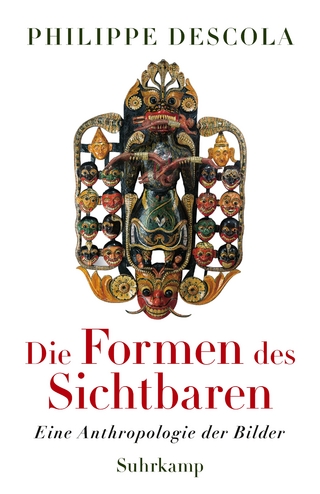
Carmen Herrera - Painting in Process
Seiten
2023
Lisson Gallery (Verlag)
978-0-947830-79-3 (ISBN)
Lisson Gallery (Verlag)
978-0-947830-79-3 (ISBN)
Carmen Herrera has often noted that her identity and visual language were shaped during the formative years she spent in Paris in the late 1940s and early 1950s. The origins of her process, however, trace back to her early studies in architecture at Universidad de La Habana in Cuba (1938-1939). She often credits this training as where she learned to draw and to think abstractly, stating “I wouldn’t paint the way I do if I hadn’t gone to architecture school.” Working in this method, Herrera begins every work with a sketch on gridded paper, using a ruler or triangle to create structure and divide space. In the sketching phase, Herrera also selects the colors she will apply, always with careful consideration of their relationship so that no one hue is more dominant than the other. Color cannot be separated from form, and by laying out the different compositions and colors in these initial drawings, she works through many possibilities, breaking down her options by process of elimination. When the framework is established, Herrera then proceeds with a formal painting on paper. Here, she further refines the composition by introducing acrylic paint. The painting on paper may then be translated to canvas, with occasional slight adjustments in orientation to account for the larger scale.
While Herrera’s process is often characterized by meticulous constraint and distillation of choice, it is perhaps best described as a perfect synergy of artistic and scientific creativity. The three-staged approach creates greater potentiality for change throughout a painting’s creation. Each step adds an additional, but manageable, level of complexity, and within each progression, Herrera is able to re-examine and re-evaluate each decision, continuously building upon what she has learned in the stage prior. Thus, no painting is complete without the ideas that were explored in the painting on paper and sketch which came before.
While Herrera’s process is often characterized by meticulous constraint and distillation of choice, it is perhaps best described as a perfect synergy of artistic and scientific creativity. The three-staged approach creates greater potentiality for change throughout a painting’s creation. Each step adds an additional, but manageable, level of complexity, and within each progression, Herrera is able to re-examine and re-evaluate each decision, continuously building upon what she has learned in the stage prior. Thus, no painting is complete without the ideas that were explored in the painting on paper and sketch which came before.
| Erscheinungsdatum | 09.02.2022 |
|---|---|
| Verlagsort | London ; New York |
| Sprache | englisch |
| Maße | 275 x 420 mm |
| Gewicht | 1196 g |
| Themenwelt | Kunst / Musik / Theater ► Allgemeines / Lexika |
| Kunst / Musik / Theater ► Kunstgeschichte / Kunststile | |
| ISBN-10 | 0-947830-79-0 / 0947830790 |
| ISBN-13 | 978-0-947830-79-3 / 9780947830793 |
| Zustand | Neuware |
| Informationen gemäß Produktsicherheitsverordnung (GPSR) | |
| Haben Sie eine Frage zum Produkt? |
Mehr entdecken
aus dem Bereich
aus dem Bereich
eine Anthropologie der Bilder
Buch | Hardcover (2023)
Suhrkamp (Verlag)
68,00 €


